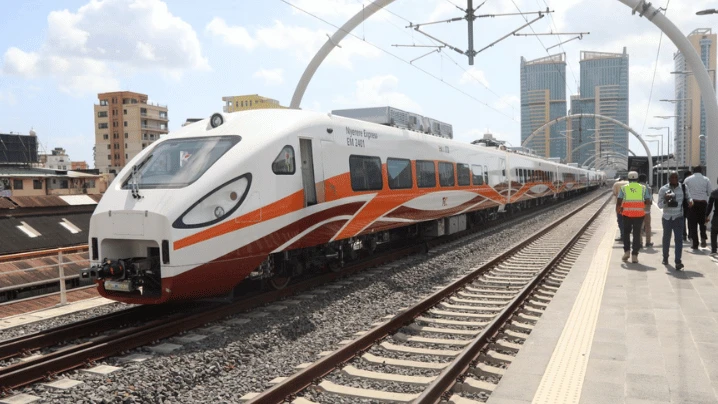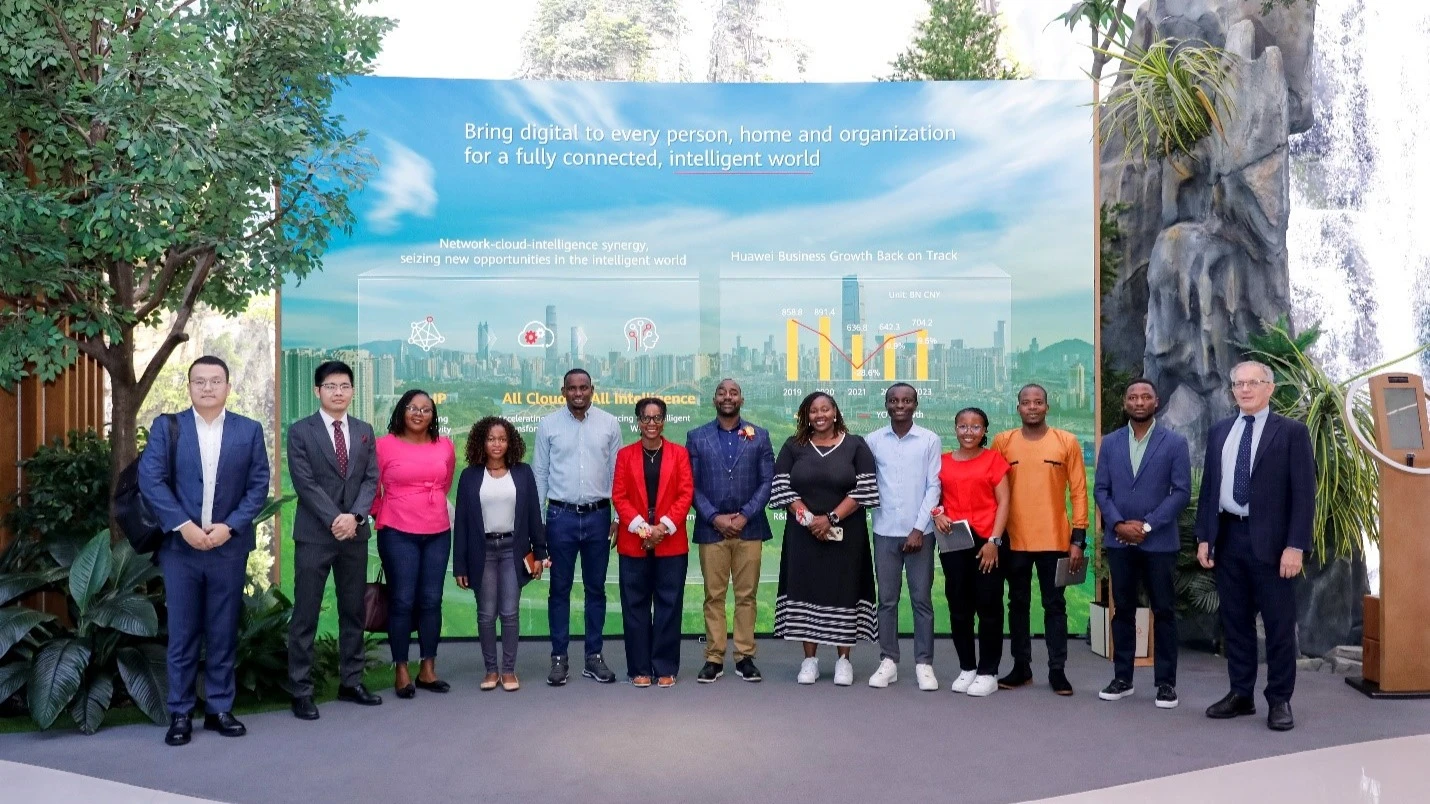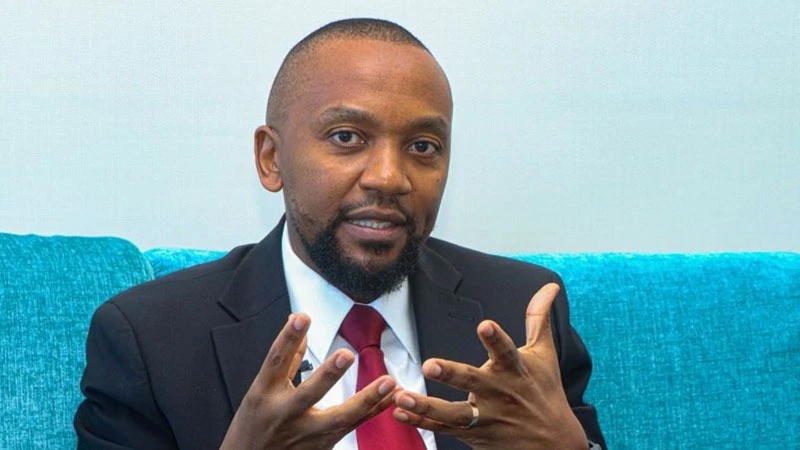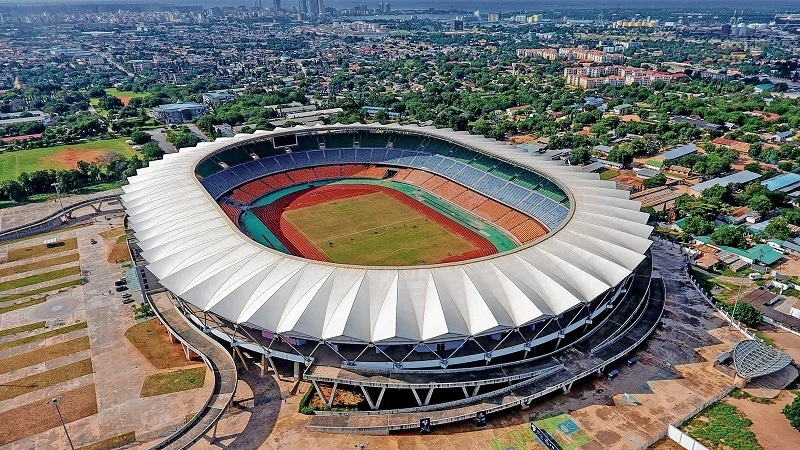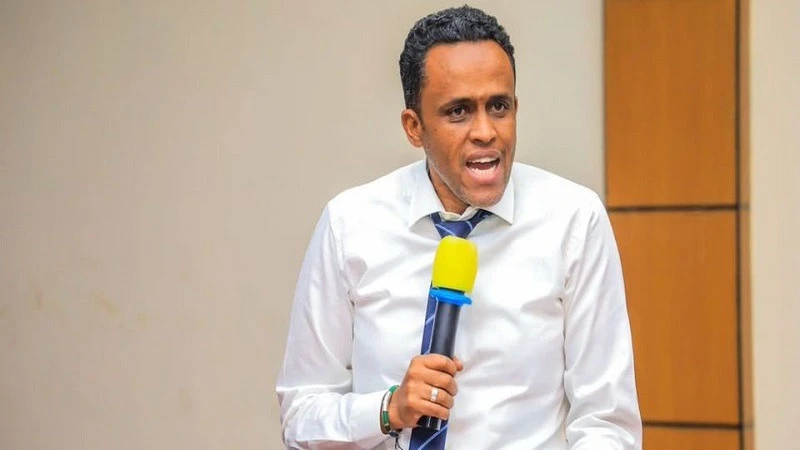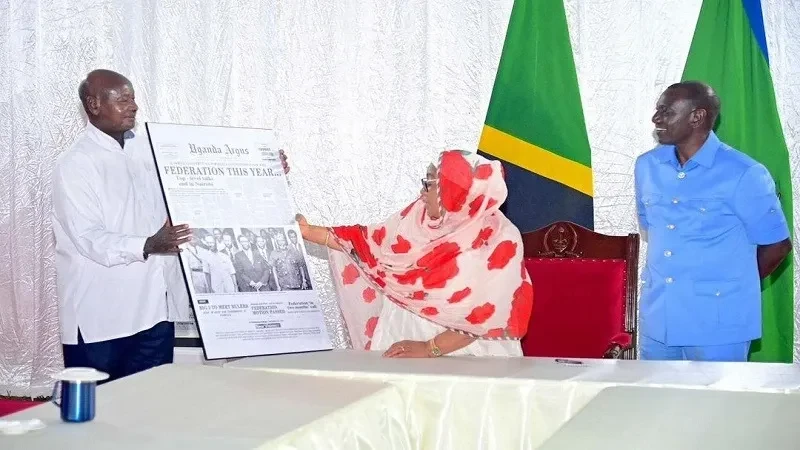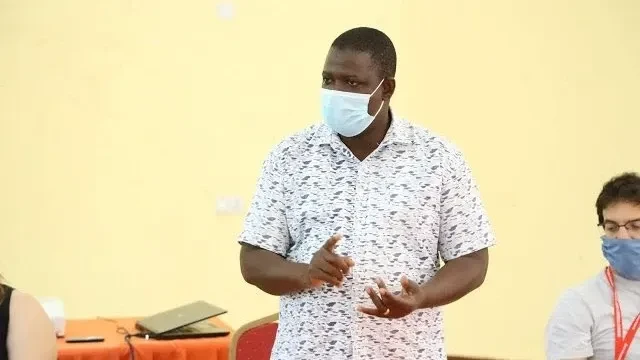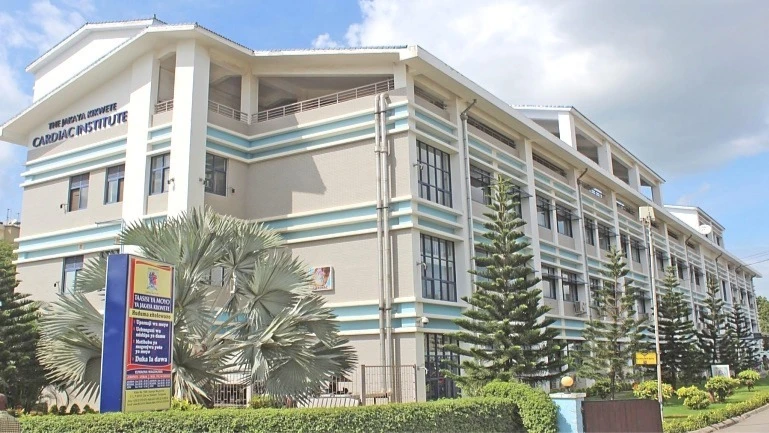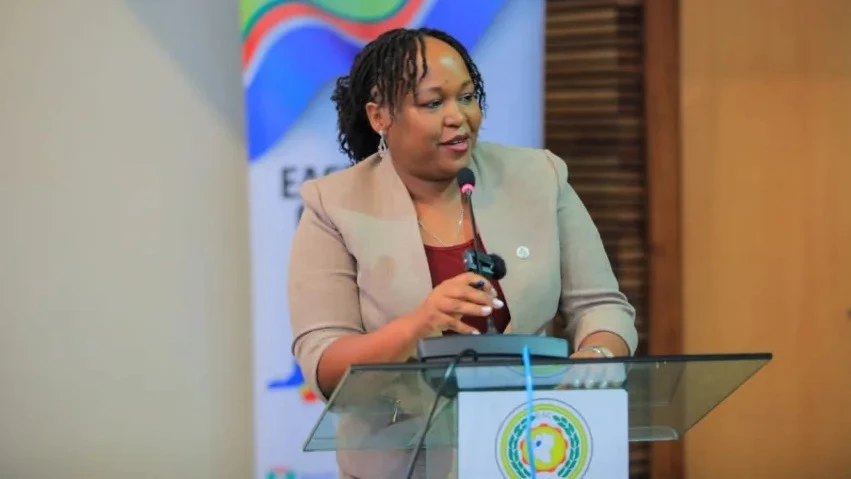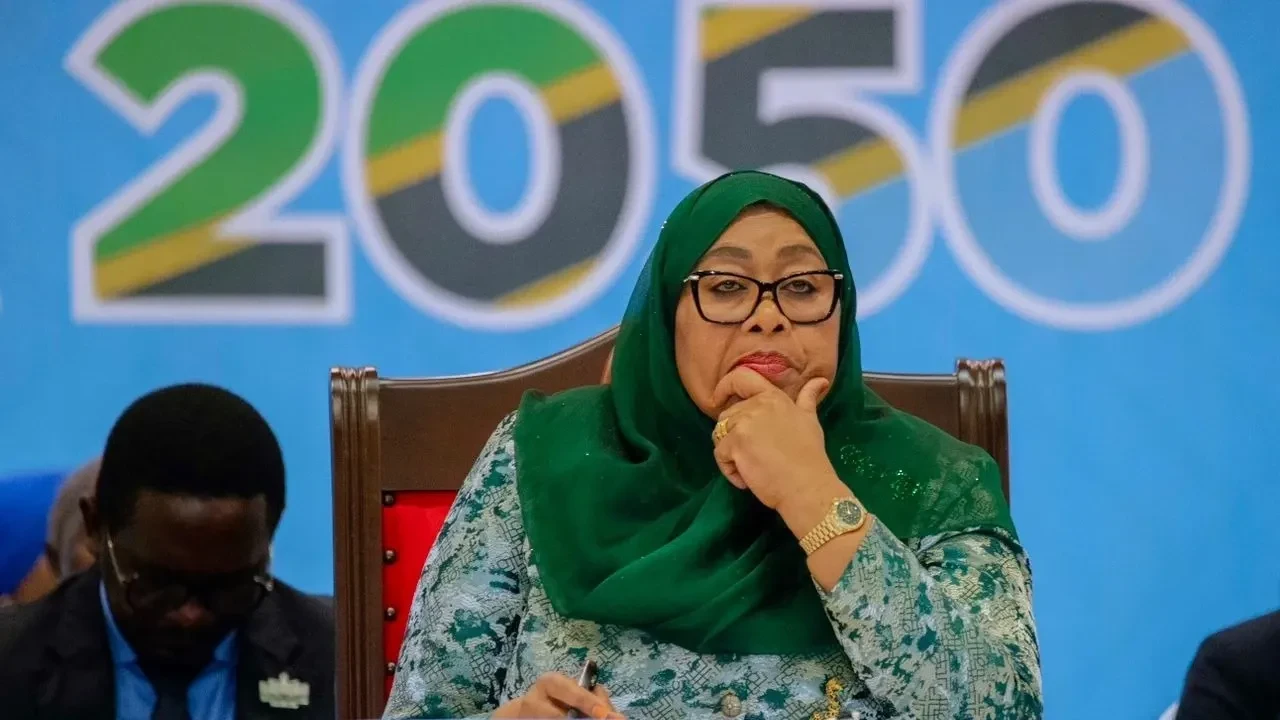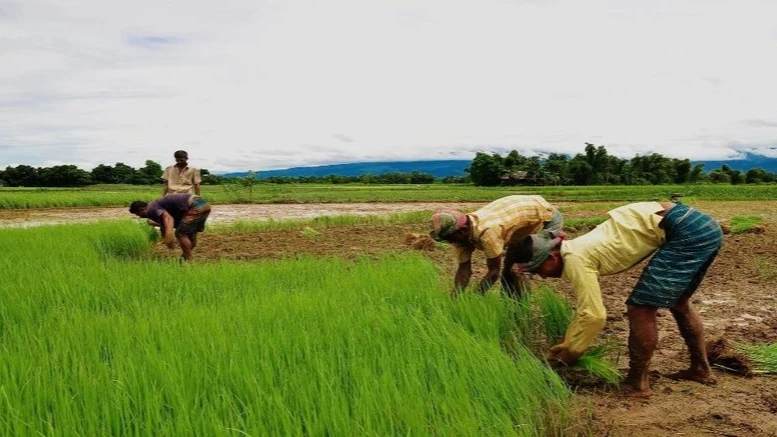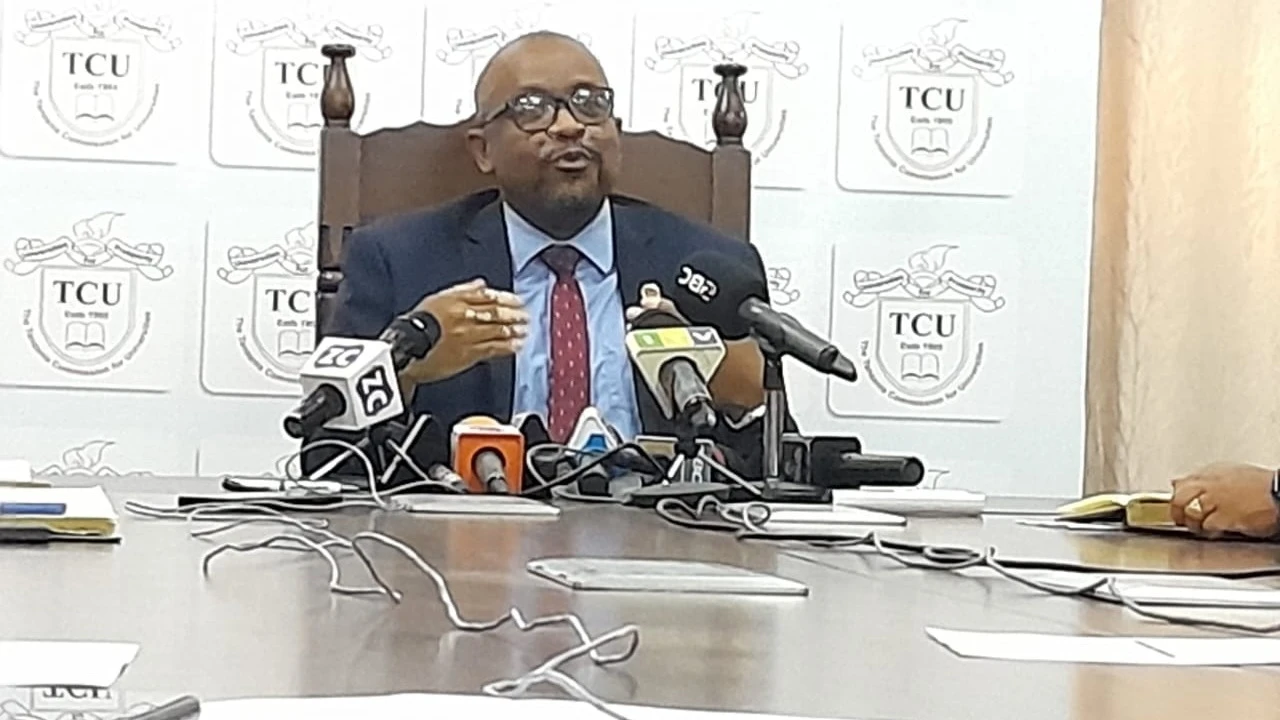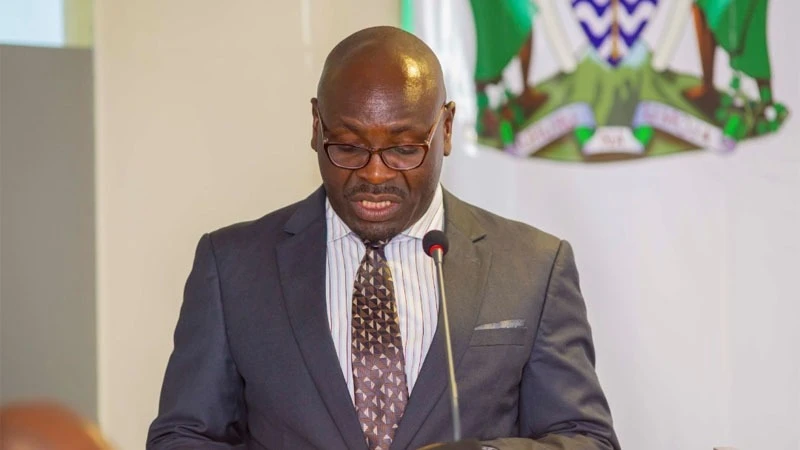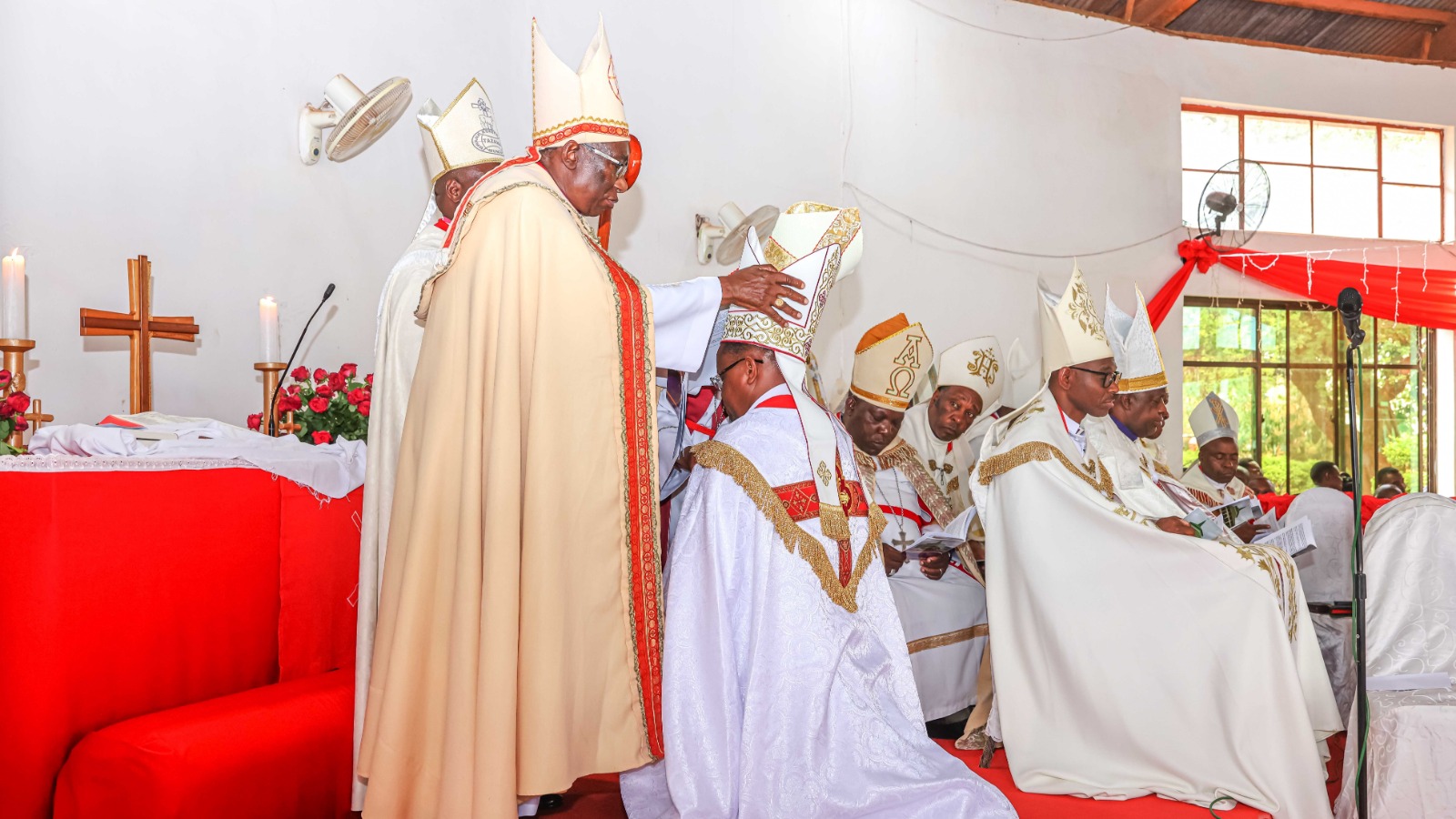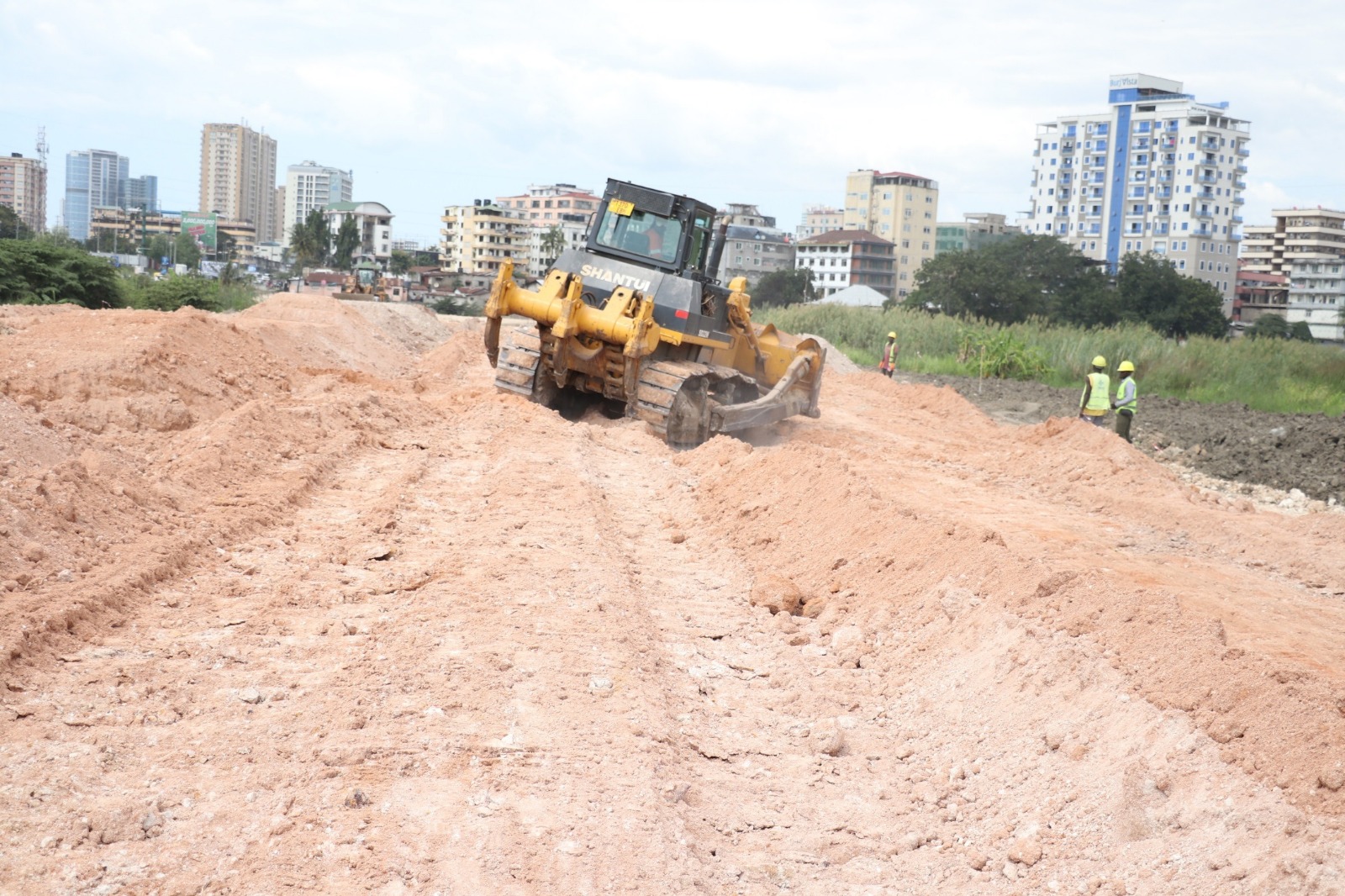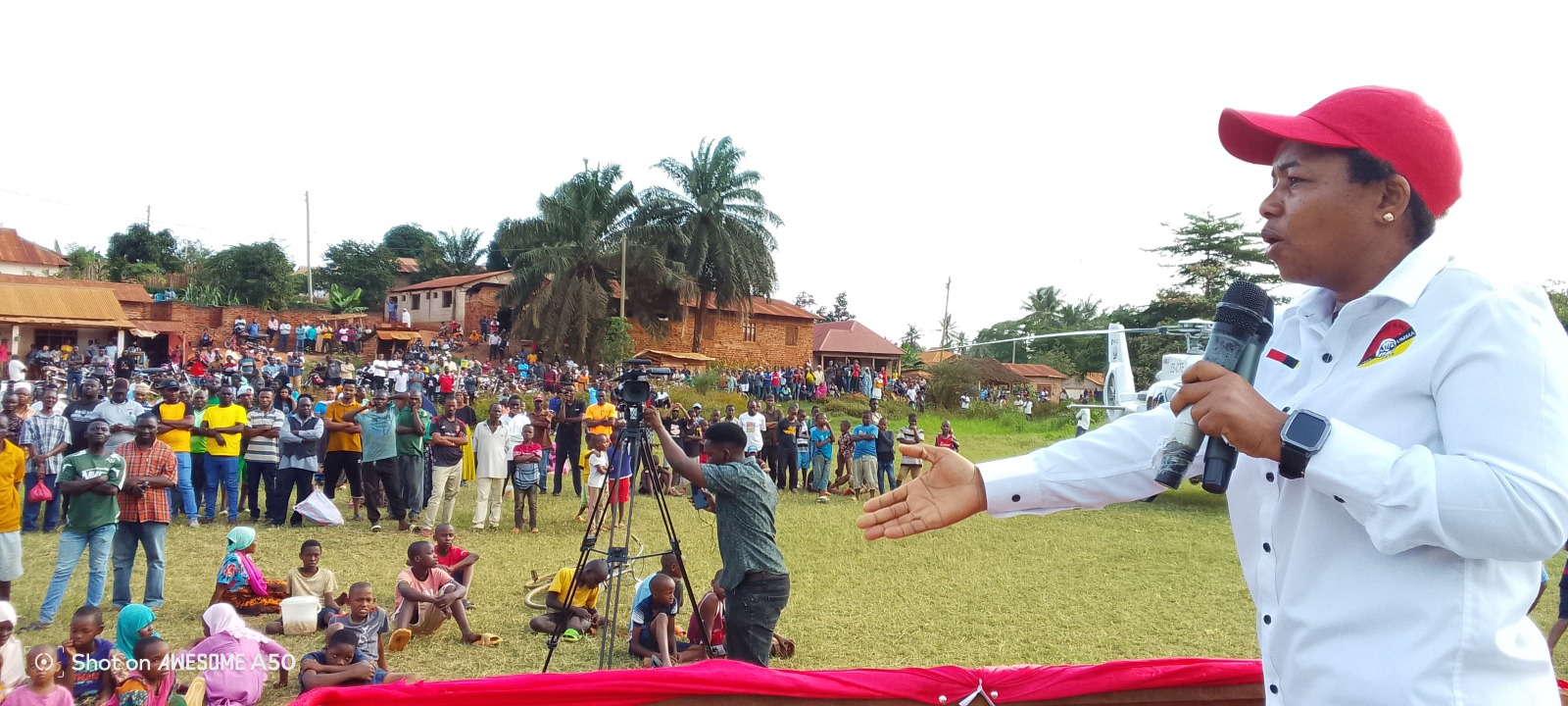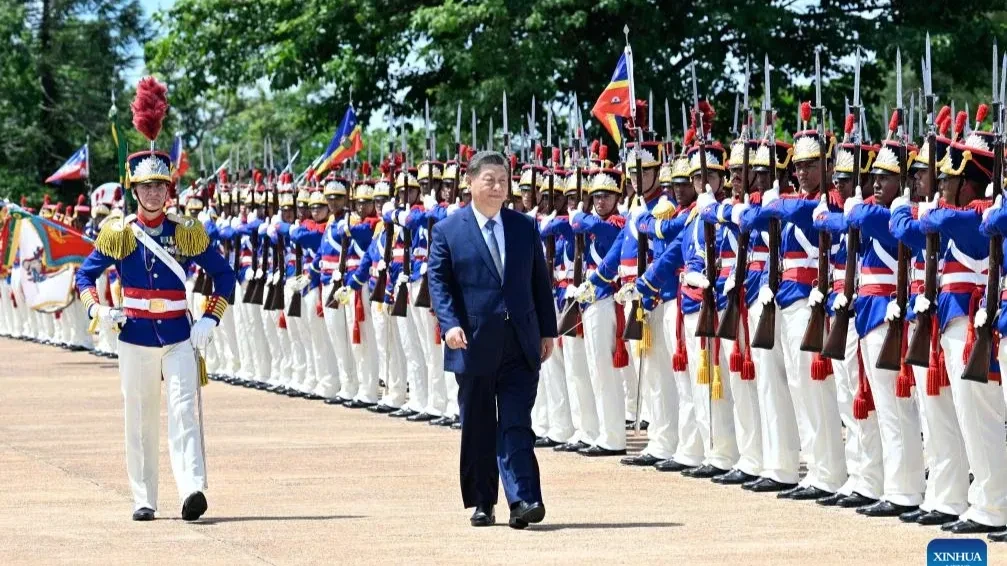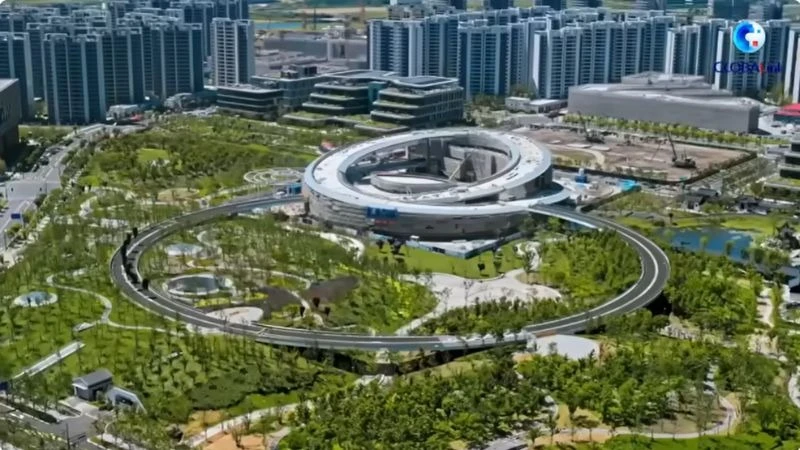ITU, EU team up to map Africa’s broadband gaps
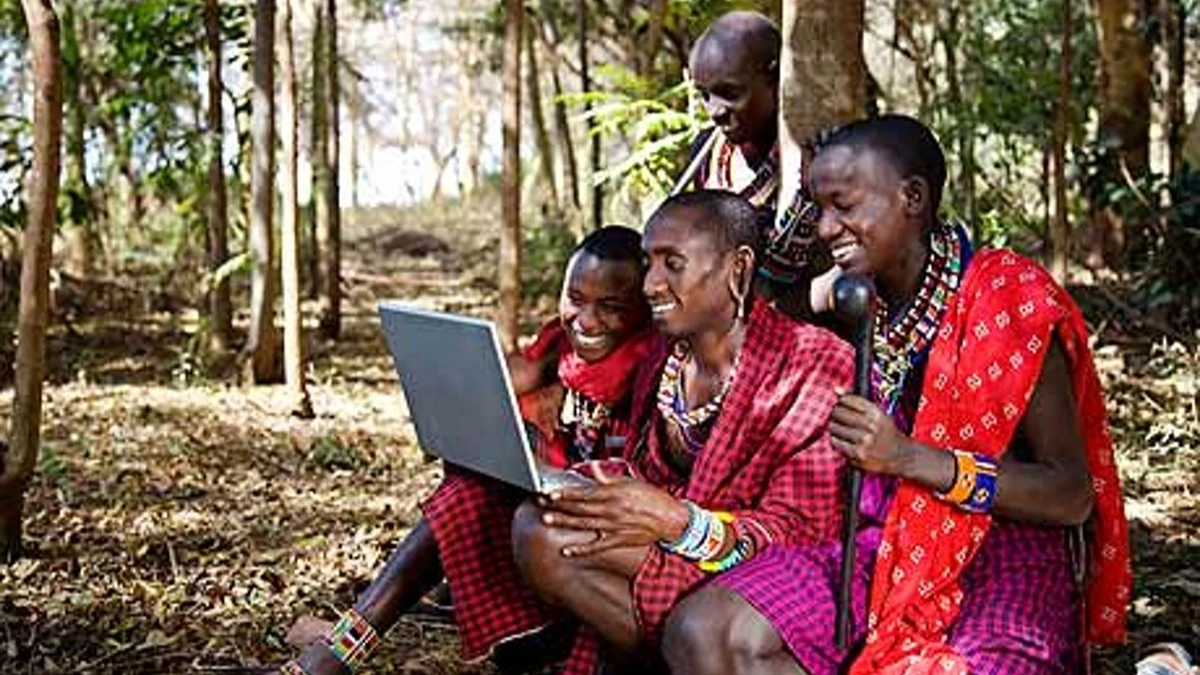
The International Telecommunication Union (ITU) has officially launched the implementation of its Africa-BB-Maps project, a broadband mapping initiative designed to bridge connectivity gaps in Africa.
Developed in partnership with the European Commission, the project will help governments and policymakers pinpoint underserved areas and plan network expansion accordingly.
The ITU explained that Broadband mapping, combined with modern geographic information systems (GIS) and data-driven decision-making, makes it easier to identify connectivity gaps, extend networks to critical areas, and support evidence-based policy decisions.
The initiative was announced during a regional event on broadband mapping, held on March 26-27, 2025, in Abidjan, Côte d'Ivoire. It follows an initial introduction of the project at the 2024 ITU Global Symposium for Regulators in Kampala, Uganda.
Currently, Africa-BB-Maps covers 11 countries: Côte d'Ivoire, Benin, Botswana, Burundi, Ethiopia, Kenya, Malawi, Nigeria, Zambia, Zimbabwe, and Uganda. The project has been allocated a budget of €15 million ($16.2 million) over four years.
The launch comes as African governments work toward their goal of achieving near-universal broadband access by 2030, as outlined in the African Union’s Digital Transformation Strategy for Africa 2020-2030. Despite these efforts, broadband penetration remains low.
According to the GSM Association (GSMA), only 27 percent of the population in Sub-Saharan Africa—about 320 million people—currently use mobile internet. Of the 870 million people still offline, 160 million live in areas with no broadband coverage at all.
While the Africa-BB-Maps project could accelerate broadband adoption in Africa, it remains limited to a small number of countries on a continent with over 50 nations. So far, neither the ITU nor the European Commission has confirmed whether the initiative will be expanded in the future.
Africa's broadband infrastructure has been expanding rapidly, driven by investments in fiber-optic networks, satellite connectivity, and mobile broadband.
Africa is connected to global internet networks through major submarine cable systems like SEACOM, EASSy, 2Africa, and Equiano (Google's project). These cables enhance international bandwidth and reduce latency.
Many countries are investing in national fiber backbone networks, with major deployments in Kenya, South Africa, Nigeria, and Tanzania.
LTE coverage is expanding, though affordability and device penetration remain challenges.
Countries like South Africa, Kenya, and Nigeria have begun deploying 5G, but widespread adoption is limited by spectrum allocation and high costs.
Governments and private investors are increasing funding for broadband expansion, with initiatives like the World Bank's Digital Economy for Africa program.
The African Union’s Digital Transformation Strategy (2020-2030) aims for universal broadband access by 2030.
The Strategy is a comprehensive roadmap aimed at accelerating digitalization across the continent. It focuses on building a single digital market and ensuring universal, affordable, and secure internet access.
The objectives of the strategy include ensure all Africans have access to broadband by 2030, promote investments in fiber-optic networks, satellite broadband, and 5G deployment and reduce internet costs to below 2 percent of monthly income, in line with UN affordability targets.
Major partners in implementing the strategy are World Bank, African Development Bank (AfDB), European Union, China, Big Tech firms (Google, Microsoft, Facebook, Starlink).
Top Headlines
© 2025 IPPMEDIA.COM. ALL RIGHTS RESERVED



